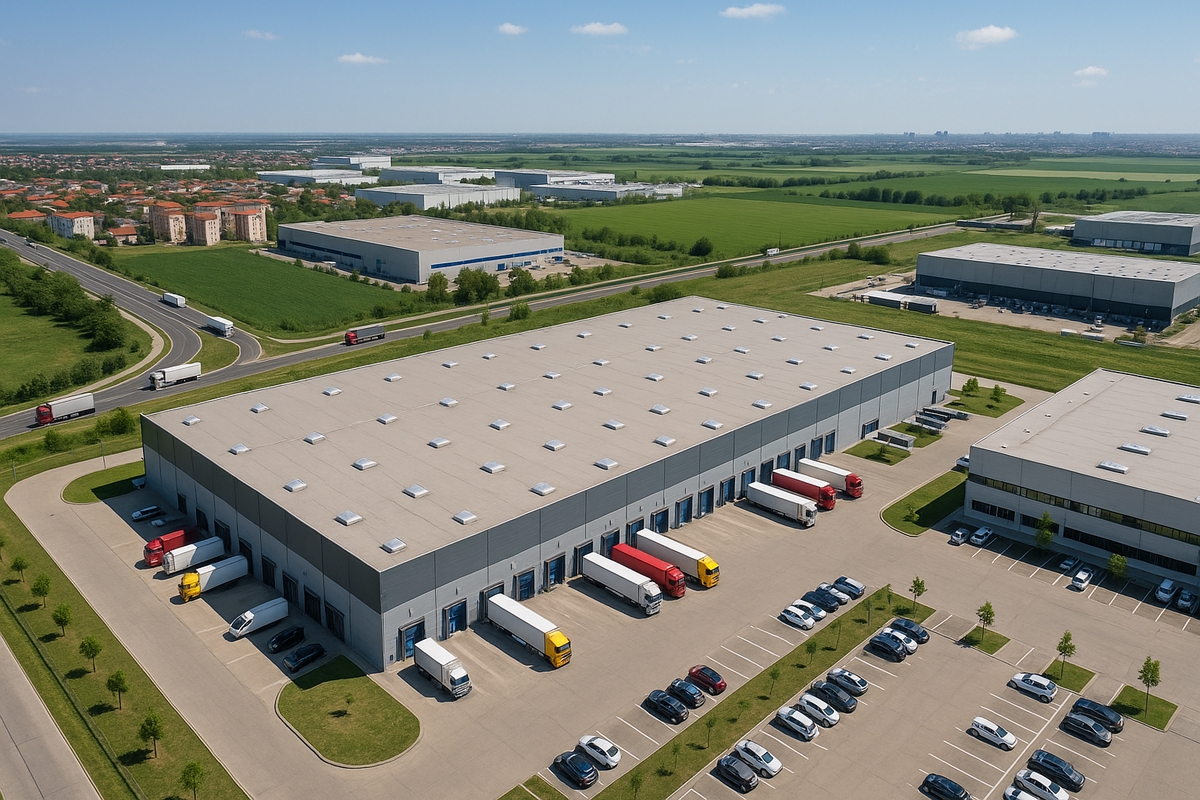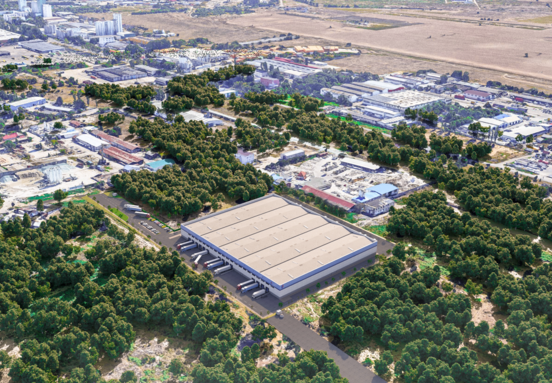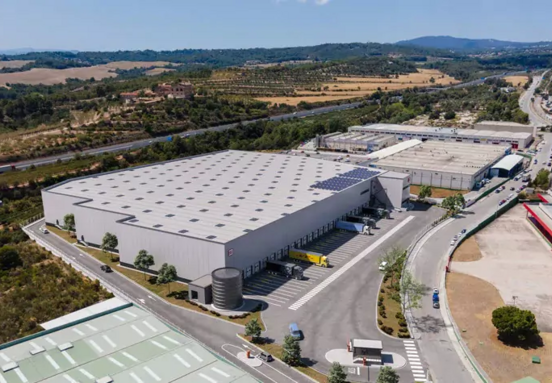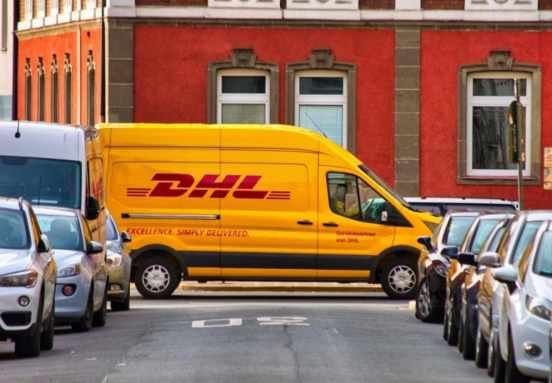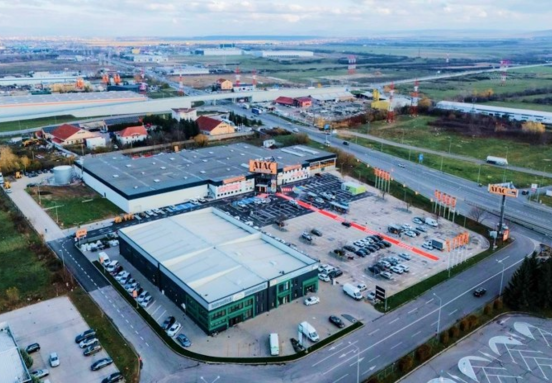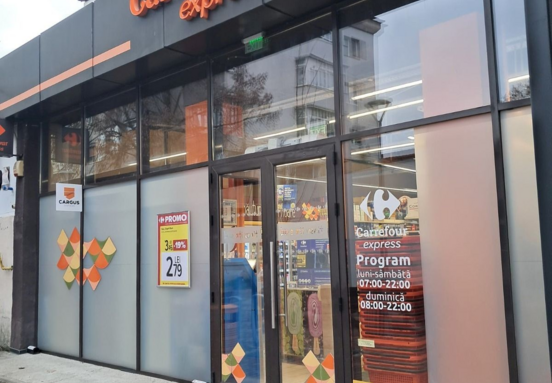Romania's Logistics Landscape Transforms in 2025
A recent analysis highlights 2025 as a pivotal year for Romania's transport and logistics sector. The country's accession to the Schengen land space and the accelerating trend of nearshoring are set to reshape the business environment, presenting both challenges and opportunities, particularly for companies reliant on efficient supply chains and requiring strategic physical locations.
Schengen Land Entry: Faster Transit, Increased Predictability
The elimination of land border controls within the Schengen area is a game-changer. This is expected to significantly reduce transit times and improve the predictability of freight movements across borders. For businesses operating warehouses, distribution centers, or manufacturing facilities in Romania, this means a more seamless connection to European markets. While investments in internal infrastructure are necessary to fully capitalize on these benefits, the potential for faster, more reliable logistics makes Romania an increasingly attractive location for hubs serving the wider European region.
Nearshoring Trend Positions Romania as a Regional Hub
Nearshoring – the relocation of business operations to closer countries – is gaining momentum, and Romania is well-positioned to benefit. With competitive costs and strategic access to key European transport corridors, the country is emerging as a potential regional hub for manufacturing and logistics. This trend directly impacts the demand for industrial and logistics space, from modern warehouses to production facilities. Businesses looking to shorten supply chains and reduce risks associated with distant production are increasingly considering Romania, driving growth in the need for suitable real estate.
Strategic Location and Digital Evolution
Beyond Schengen and nearshoring, the report also notes the influence of global maritime and rail routes and growing interest in technology and electric vehicles in freight transport. These factors further enhance Romania's connectivity and the efficiency of its logistics networks. For businesses seeking office or warehouse space, evaluating locations in light of these evolving transport infrastructures and technological advancements becomes crucial for optimizing operations and future-proofing investments.
As Romania's logistics sector evolves in 2025, driven by Schengen integration and nearshoring, the landscape for commercial and industrial real estate is set for dynamic change. Businesses seeking to leverage improved connectivity and strategic positioning will find significant opportunities in the Romanian market.
Source: radarimobiliar.ro
